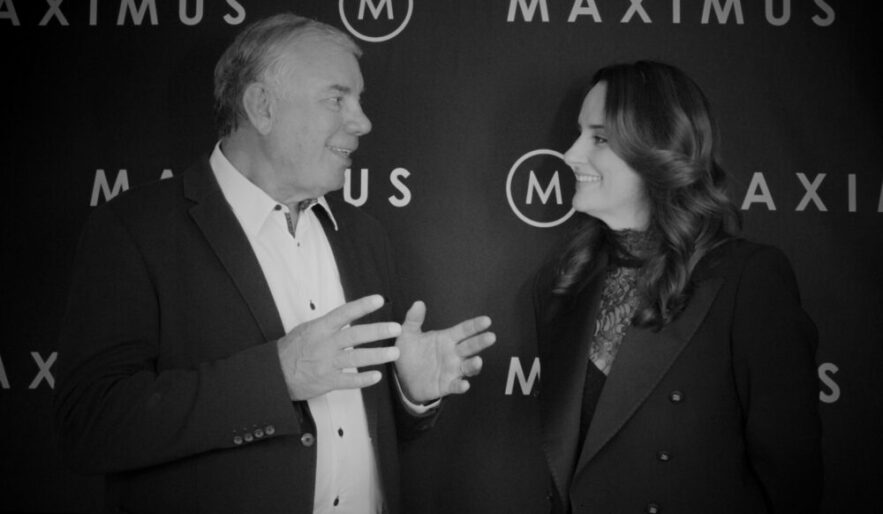Editor’s note: This post is based on the article ‘Flexibility — The Face of Modern Leadership’, published in CEO Online.
Your management style is a reflection of your personal strengths, weaknesses, attitudes and the values that you have built up over the course of your life. Because of this, there are as many kinds of leadership as there are leaders. From the autocratic to the democratic, from the conceptual to the task-oriented, managers come in all shapes and sizes and with varying levels of effectiveness.
In the face of modern leadership requirements, a rigid style limits your effectiveness. Although aligned to your personality, your leadership style should never be static. As you work with different people, in different organisations and different business environments, you need to change the way you lead accordingly.
ADAPT OR PERISH
Changing your products and services to suit a dynamic market is vital for a sustainable business. Having managers whose style evolves in line with changing environments is equally important. If they refuse to change, your business may not survive.
The new world is full of volatility and all signs are that this volatility is here to stay. Leaders need to be able to adapt to and work within changing economic times, operating with the ups and downs of economic certainty without being paralysed to act. Too often leaders stall critical business actions in the face of uncertainty; they fear the unknown or the consequences. This inaction places businesses at risk and undermines innovation and progress.
With global economic uncertainty and a growing interdependence on emerging economies, we face a future filled with both opportunity and challenge. Brave leaders will embrace change. They will learn to be comfortable with this state of play and continue to drive progress.
ESSENTIAL BEHAVIOURS FOR EFFECTIVE LEADERSHIP
Over the years, we have seen a shift from the traditional leadership approach, which almost solely favours ‘hard’ business skills — those around finance, analytics and strategy — toward a more balanced perspective incorporating right-brained visionary thinking, innovation, and people capabilities such as empathy, consultation and culture development. Today’s leaders need a combination of both styles and have to be fluid in knowing how and when to utilise or emphasise them.
1. Balancing the macro and the micro
Even managers who have reached the highest levels can micro manage as a result of habit, personality or fear. But a leader’s most important responsibility is macro management — strategic thinking about the business implications of external market influences such as political, economic and environmental change. It is your role to offer value and perspective to those you lead, to set the appropriate strategic course, and to be aware of the levers that impact performance. Micro managing takes away valuable time from these activities and has no long-term benefit.
2. Making tangible links between organisational strategy and individual objectives
A strategy is useless if it’s not successfully implemented. Good leaders engage everyone in implementing a corporate strategy. They ensure it is understood and cascaded down to operational levels and embedded in individual performance indicators. Make the effort to expose yourself to varying business and leadership models, frameworks, tools and ideas that will help you translate strategy into action.
3. Influencing a wide range of stakeholders
Senior executives have the highest level of exposure to stakeholders, from their staff, customers and shareholders to media and politicians. They need a strong personal presence and an ability to influence. Your personal style is an important part of how you engage stakeholders in different situations; what you say, how you say it, and the confidence you project. Fortunately, these skills can be learned, and they improve with practice. Jump at every opportunity you have to present or facilitate in public, whether it’s at networking events, industry forums or conferences.
4. Engaging, empowering and leveraging people’s potential
As a leader, it’s your job to keep people engaged, develop future managers and lead your company culture. These people-focused responsibilities demand time and commitment, and can be daunting. It’s easy to neglect them, especially if you struggle to see their business value. Yet these skills are what will steer your company through good times and bad. They will position your organisation for success in the short, medium and long term. Surround yourself by experts in this field, prioritise the development of such skills and set aside an appropriate budget to fund these development initiatives on a yearly basis.
HOW TO CHANGE BEHAVIOURS
To develop from the leader you are today, into the leader you need to be, start by conducting a SWOT analysis and/or individual psychometric assessment to help you identify the gaps in your leadership style, and develop self-awareness. Try out some of the following exercises to develop your leadership:
Experiential learning journeys leveraging internal expertise. Tap into the breadth of experience that sits right in front of you. Construct a series of paper-bag lunch events, led by various divisional heads, board members and senior managers within your organisation. Ask them to share their own leadership models, frameworks and life experiences. You’ll be amazed by what you discover about your colleagues, and what new tips and tricks you can learn and apply to your own style of management.
Pragmatic learning using case studies. Addressing what other organisations have done in the past enables you to learn from the challenges and success stories of other leaders. To broaden your thinking, mix local and global case studies from organisations in your industry with similar challenges to your own.
Syndicate work on business projects. As a leadership exercise, work with your top leaders on a key business problem that your organisation is currently facing. This will put your leadership skills to the test, while investing time in your team, embedding learning and solving real issues to deliver value.
Observed scenarios. Work with your human resources or learning and development team to design a series of activities in which you and your senior leadership team work through various behavioural scenarios and receive immediate, high-quality feedback. This type of learning is great for developing new and improved leadership behaviours.
Individual development planning and executive coaching. As a business leader, your priority is often developing those around you. Make time for you. You need to ensure that you have your own comprehensive long-term development plan to help you reach your own potential. This often works best when coupled with an executive coaching approach. But whether you invest in executive coaching, an external program or an online development tool, tablets and smartphones allow for flexible learning. Every few years challenge yourself to take on something bigger, to extend your network and learn new skills. Complete a short course, a mini-MBA or attend a global conference.
Ultimately, leadership is a life-long journey and there is no one-size-fits-all approach. If you are open, flexible and have the ability to balance commerciality with astute people skills, this will translate into high levels of engagement, productivity and, ultimately, better business results.







